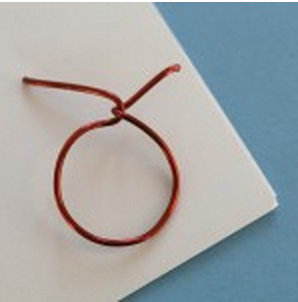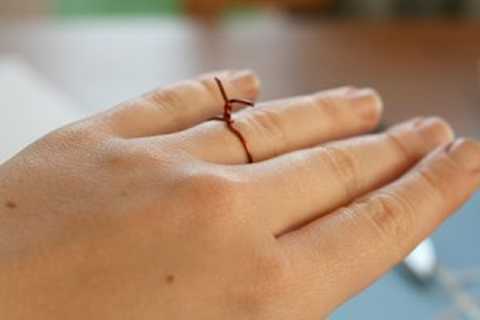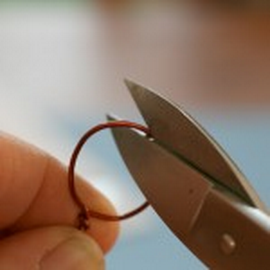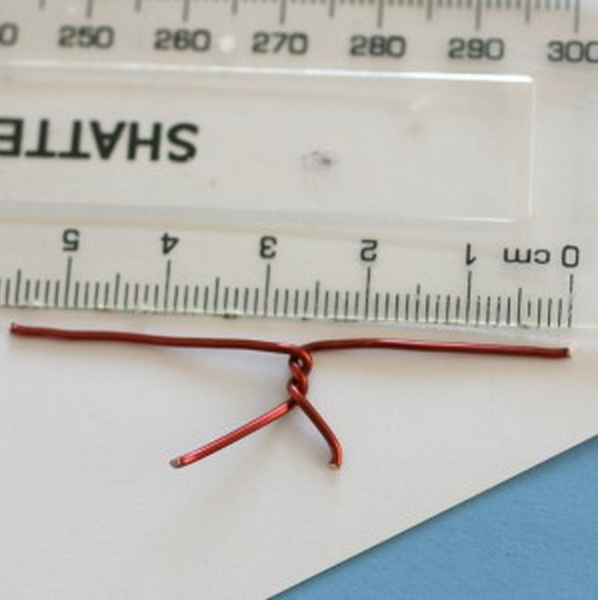OTHER ARTICLES Birthstone Chart | Care and Cleaning Tips | Chakra Diagram | Crystal Care | Healing Gemstones | Jewelry Glossary | Metals
size guide
How to measure you Finger Size
Finger shapes: When it comes to figuring out your ring size, it is also really important to understand your finger shape. We are all different but we tend to fall into one of three categories.
- Big: Big doesn’t always mean chubby or stocky fingers, it just means that the part of the finger where the ring will sit is the widest part. If you have this shape of finger then the knuckle is smaller and will therefore not stop a ring from sliding off. A tighter fit of ring is usually the best option as it will not slide off easily and given a week or so, the ring normally finds a comfortable position on the finger. Just don’t got too tight, you don’t want to cut off the blood circulation.
- Average: Now nobody wants to be average but when it come to rings it’s the easiest to be. The average finger has knuckles just slightly lager than the part of the finger where the ring will sit. Therefore a ring that fits slightly tightly over the knuckle will sit comfortably on the finger and not slide off. If your are this shape it is important to take into consideration your knuckle when measuring, be sure to slide the measurer on and off over the knuckle to be sure it will fit.
- Small: The trickiest to get right, but these tips will help you find the perfect ring. Small fingers have a much skinnier part where the ring sits and bigger knuckles. This means that a ring that fits easily over the knuckle can be baggy and spin around when in place on the finger. A ring with an all over design, means that the ring can spin around and it wont spoil the design. Thinner bands are easier to get over the knuckle, so a smaller size can be ordered. Another tip is to get a ring with a rounded inside, the ring is much simpler to get over a larger knuckle and cushions itself to the finger when worn, making it much more comfortable to wear. Another option is to place small beads of silver inside of the ring at the bottom of the shank, this gives a little more contact to the finger and reduces the size, but only in a few areas, making it possible to still fit over the knuckle.
Option A
Using a paper ring sizer: The internet is full of printable ring charts that you can lay a ring over and find your ring size. The trouble with these charts are that depending on your printer you will get a different size reading because you rely on your computer and printer not to scale the chart differently.
Option B
Belt sizers: these are also available online to purchase, but give only a slightly more accurate reading. The thickness of the paper mean that they are flimsy and give a false reading.
Option C
Visit a jewelry store: Possibly the easiest way to find your ring size is to visit the high street. You might not find the unique and handcrafted jewelry you wish to find in most commercial jewelers, but most are happy to measure your ring size for free.
Option D





Do it like the professionals (Please refer to the pictures on the bottom)
- Using a small piece of wire (a flattened out a paper clip works), make a loop, as round as possible.
- Side the loop on and off the finger and twist the wire to tighten gradually until you find a comfortable fit, taking into account your knuckles
- Slide off the ring and snip open.
- Flatten out the loop
- Measure the length of the wire you have just flattened out to find out the circumference of you finger.
- Now just use the chart below to find your correct ring size.
How to measure your Bracelet size
- Wrap a piece of string around your desired wrist (with a little room to move)
- Cut the string where the two ends meet
- Measure the string against a ruler and reference bracelet of choice online
How to measure your Cuff size
1. First, determine your wrist size
2. Determine how much “give” you would like: Consider how snug or loose fitting you want your cuff bracelet. Keep in mind that our cuff bracelets are intended to be worn snug around your wrist with a 1″ opening. If you prefer to wear your cuff loosely like a b angle, we suggest you order up one to two sizes from your recommended size.
- Find a piece of string or cut a strip of paper about a 1/4″ wide.
- Wrap the string/paper around your wrist just below the wrist bone. The fit should be snug but not tight.
- Mark the string or paper where it overlaps to form a complete circle around your wrist.
- With a ruler, measure the length of string or paper to determine your wrist size.
3. Calculate your size range: Wrist Size ( inches)Recommended Size
- XS - Extra Small: 5.5 - 6.0
- S - Small: 6.0 - 6.5
- M - Medium: 6.5 - 7.0
- L - Large: 7.0 - 7.5
- XL - Extra Large: 7.5 - 8.0
How to measure your Upper Arm Cuff size
- Use a fabric measuring tape or string such as dental floss to measure your upper arm
- When measuring be sure your arm is resting straight down at your side.
- Keep the tape horizontal, flat against your skin; not pulled tight, and with just a bit of wiggle room.
- You should be able to "spin" the tape around your arm some, this is so that your cuff will fit but not squeeze.
- Measure, around the middle of your biceps muscle
- If needed, measure your string with straight ruler
How to know what size necklace to order
Women's Standard Necklace Sizes
- 14" NECKLACE: Fits most like a choker
- 16" NECKLACE: Falls perfectly around the base of the neck like a collar. On a petite woman it will hit your collarbone while for plus size women it might feel more like a choker.
- 18" NECKLACE: A common choice for women that will fall just below the throat at the collarbone. This length is popular for adding pendants which will hang over a crew neck.
- 20" NECKLACE: Will fall a few inches below the collarbone and allow a little more breathing room. Perfect for a low, plunging neckline or if you want to wear it over a turtleneck.
- 22" NECKLACE: Falls at or above a low neckline.
- 24" NECKLACE: Falls below any neckline.
- 36" NECKLACE: Common with pearl strands and will hang below the bosom. They can be worn as a single strand or you can double them for an 18 inch necklace.
Men's Standard Necklace Sizes
- 18" NECKLACE: A shorter length that falls just around the base of the neck. Popular for beaded necklaces so they can sit above a crew neck t-shirt.
- 20" NECKLACE: A common length for men which falls right at the collarbone. Pendants will hide under a crew neck or show completely with a low v-neck or unbuttoned dress shirt.
- 22" NECKLACE: Falls a few inches below a collar bone and can be worn over or under a shirt. This is a common length for chains because they offer more breathing room.
- 24" NECKLACE: Extra long and is commonly used to keep religious or meaningful pendants under the shirt and closer to the heart. Falls just above the sternum.
*Please keep in mind that these are all approximations for an average woman’s or man’s height and size.
Larger people will need longer lengths and petite ones will need shorter lengths.*
Still not sure what size to order?
Contact us anytime by e-mail at natalimour.info@gmail.com and we will be happy to assist you in selecting an appropriate size.



